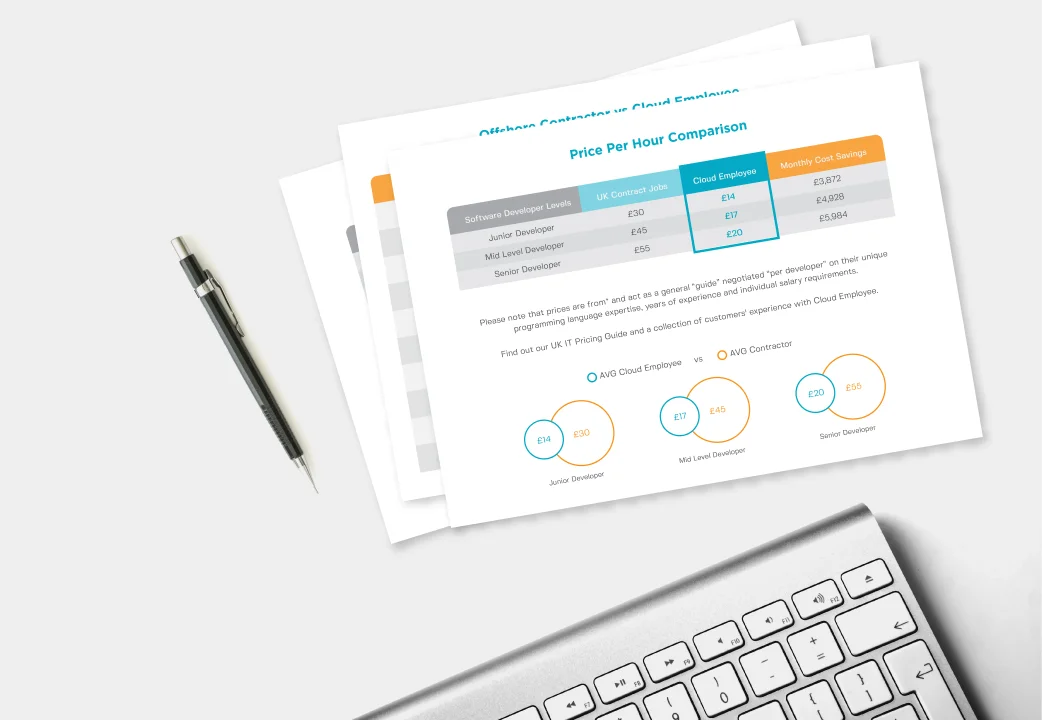There are countless buzzwords floating around, but workflow automation has become one for a good reason. Automation helps businesses streamline internal processes. Workflow automation increases efficiency and accuracy. But still, the way you put it in place makes a huge difference.
Use it Where it Makes Sense
Not every process is worth automating. You must decide where you can use it the most. Start with processes that are subject to human error. See which time and resource-intensive processes can use a boost.
Repetitive tasks are usually the main culprit here. Use flow charts to make a visual representation of the current situation. It will help you identify the flawed processes.
Consider net-savings in terms of cost-effectiveness. It will help you present a clear case in support of automation.
Don't forget the 'Why?' and make sure to prioritise. Are you trying to reduce paper forms? Track items better? Save money? Save time? Decrease the workload? You can't do it all at once. Stick to your primary focus.
Gather Data
The best way to do it is to compare the tool with the manual version. How long does the task take? How many employees are involved? Ask people what data they want to see. Don't overwhelm them with information they can manage without. You can't make a case without clear control data.
Have there been any major changes in the last few years? Ask the task owner how they managed it before. Don't make assumptions. A workflow may involve departmental boundaries or office politics.
Slowly Insert New Tools
An end-to-end solution that will automate whole parts of your entire operation may result in overkill—and an expensive one! It is quicker and cheaper to use an iterative approach. Find manual tasks that can benefit from basic tools. For instance, a digital marketing agency may use an automation tool to post social media updates and send emails.
It's reasonable to expect that these tools will get more sophisticated. Once the business automates the entire social media calendar, it may organically grow to full automation.
Identify the Process Owner
Chances are, you'll come across a situation that requires a clear definition. But, some situations won't have a precedent. The process owner has to have the authority to change the workflow. Moreover, they need to clarify grey areas.
Are holiday days updated on the date of joining? Or is it on the first day of the year? Not everything is documented. Typically, automated processes become more defined than they were.
Define Business Goals
Once you decide on a task to automate, use your manual workflow to define your business goals. It will be your benchmark. Your target may be related to optimising resources or reducing cycle time. You need to know how you will measure business goals and how to achieve them through automation.
Select the Right Solution
There are a plethora of options, but cloud solutions are becoming increasingly popular. The reason: many of them provide lower costs and tremendous flexibility. What works best for you?
What aspects are most important? Is it data security? It may be best to shortlist five options and wage the pros and cons of each one. The solution must be simple and user-friendly. Users should be able to easily adapt to it.
Train
Whenever the management introduces a new change, it risks mutiny. You can rest assured that some of your employees will deem it unnecessary. You may prevent that by involving them from the start.
You want to do what you can to prevent conflict. By relying solely on yourself, you'll create room for miscommunication, especially if you have a remote team. The end-user must be an integral part of the discussion right from the get-go.
You'll both bring the best ideas to the fore and make the end-users accountable. Provide a clear transition path. By doing so, you'll lessen the destabilising first impact the software may have on them. Adequate training will not only speed things up but will make the transition more likely to be successful.
Measure Vital Performance Indicators
Start out by performing the initial tests. Make sure all of your formula fields, sequence numbers, parallel branches, and conditional paths are working correctly. To make sure the software follows the desired path, run several different items.
You'll identify bottlenecks by performing continuous measurement and monitoring. The process itself will suggest areas for improvement. It's key to fix the kinks in the armour in the early stage. Solicit feedback from your business users. Your team probably won't become more efficient without continuous assessment of your upgrades.
Conclusion
Implementing workflow automation will allow you to focus on your core competencies. However, it is key to choose the right method of implementation and make sure everything is in its place before the software goes live. With the right tools, you'll continue to grow and thrive.
Michael has been working in marketing for almost a decade and has worked with a huge range of clients, which has made him knowledgeable on many different subjects. He has recently rediscovered a passion for writing and hopes to make it a daily habit. You can read more of Michael's work at Qeedle.
In need of QA Engineers? We can help you find the best pool of tech talents. With Cloud Employee, you can hire dedicated offshore developers across many technologies. Talk to us, learn more how Cloud Employee works, or see our Developer Pricing Guide.
Hire A Developer Now!
Featured Article

How to Become a High-Performing Developer

CSS grid vs. Flexbox: which to use when?

Download Our Developer Pricing Guide
We did an analysis on the difference between western and Philippines developer salaries. Uk, USA and Australia pricing comparisons available.
Download